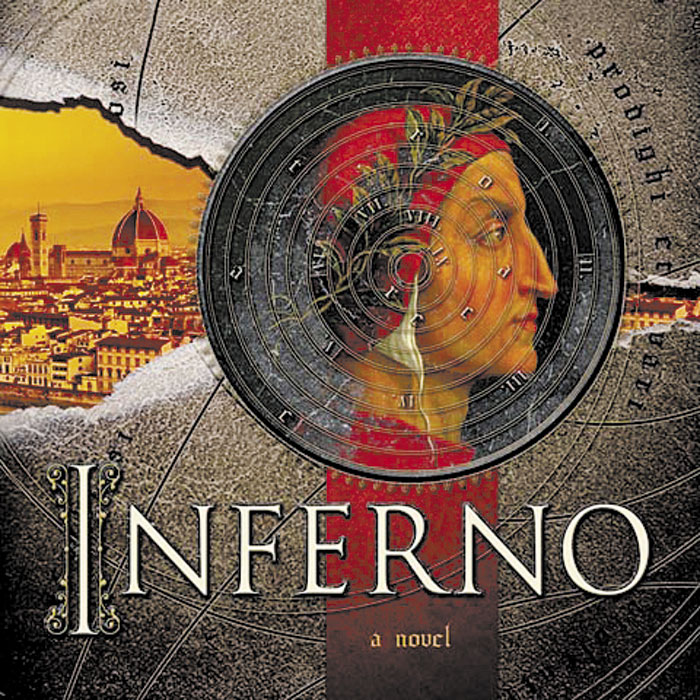By Jean Marie Brown
Fort Worth Star-Telegram
When Amazon posted a tease on its Kindle Facebook page reminding fans that the “year’s most anticipated thriller” was set for release, there was skepticism amid the responses.
Some wondered if Dan Brown’s latest, “Inferno,” could live up to the hype. The answer is yes!
The latest chapter in the life of Harvard professor Robert Langdon is a compelling and suspenseful tale filled with twists and turns. (Advance copies of the book were scarce. I suspect Brown and his editors at Doubleday held them back because they didn’t want reviewers to give up the goods. I promise, no spoilers.)
The story unfolds in a day. Langdon wakes up in a hospital with a head wound and short-term amnesia. It’s classic Brown, as he builds the plot around simple things we take for granted — like knowing what day it is and where we are.
Without quite knowing why, Langdon discovers that someone wants him dead. As he begins unraveling his memory, he finds himself drawn into a plot against humanity. If that weren’t enough, he only has until the next day to save the world.
The action in the opening chapters is riveting, as Langdon and Sienna, a young doctor who helps him avoid the killer, are chased through Florence.
The cast of characters includes the head of WHO (the World Health Organization), the Consortium (a shadow organization that does anything someone wants for a substantial price) and a genius who believes that humanity is on the verge of extinction because overpopulation is stressing the planet.
And a story from Dan Brown wouldn’t be complete without references to historical properties and figures, as well as works of art.
The clues revolve around Dante’s “The Divine Comedy,” in particular “Inferno,” the first part of the epic poem that deals with Dante’s descent into hell. Brown fills the book with facts about Dante’s work without making the novel feel like a high school English lesson.
Langdon must decipher references to the poem and the artwork that has come to symbolize it. Sandro Botticelli’s painting “La Mappa dell’Inferno” plays a prominent role.
Throughout much of the book, Langdon balances his sleuthing with trying to figure out how he became involved with this in the first place.
Brown deftly weaves the realities of the 21st century into the tale. His use of a drone was especially chilling. The themes include global warming, the role of government and intolerance of views that aren’t so politically correct.
My only quibble was that sometimes his travelogue descriptions got in the way of the action, but I guess it gave me time to catch my breath.
Brown’s writing is masterful and the story is thought-provoking. He leaves you wondering if you really read what you read and asking: Exactly what is reality?
Send questions/comments to the editors.



Success. Please wait for the page to reload. If the page does not reload within 5 seconds, please refresh the page.
Enter your email and password to access comments.
Hi, to comment on stories you must . This profile is in addition to your subscription and website login.
Already have a commenting profile? .
Invalid username/password.
Please check your email to confirm and complete your registration.
Only subscribers are eligible to post comments. Please subscribe or login first for digital access. Here’s why.
Use the form below to reset your password. When you've submitted your account email, we will send an email with a reset code.